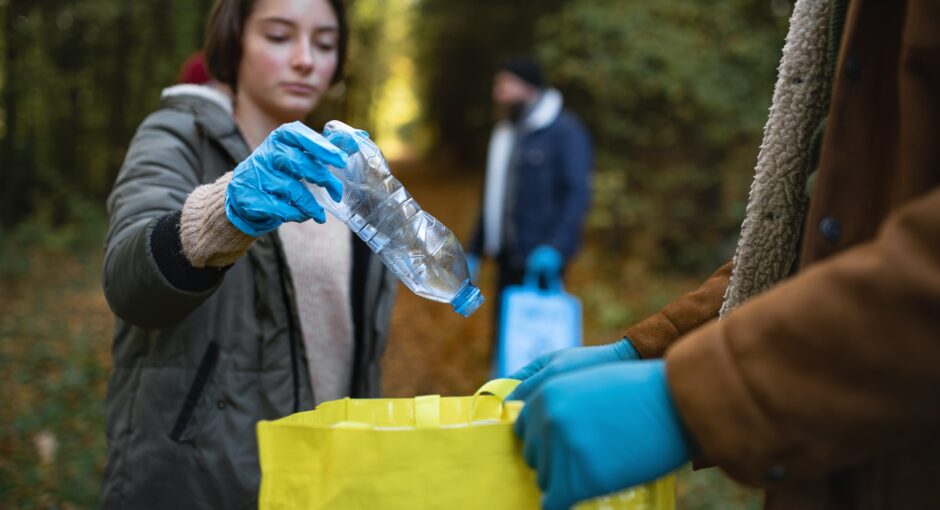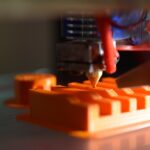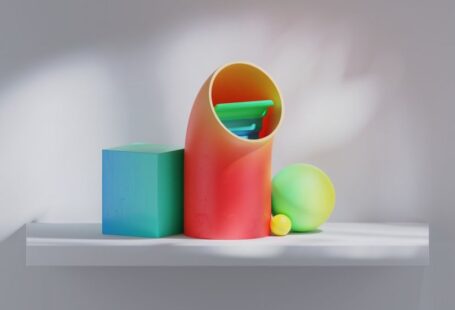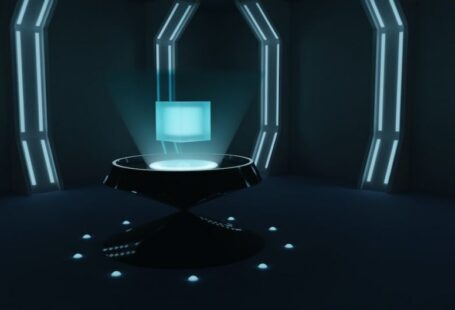The world is facing an unprecedented environmental crisis, and the time for action is now. One way to help address the issue is with 3D printing. 3D printing is a process in which three-dimensional objects are created from digital models, usually by a computer-aided design (CAD) program. While 3D printing has been around for decades, only recently has it become more accessible and affordable, making it a viable option for a variety of industries. One of the most promising applications of 3D printing is its potential to use recycled plastic as a sustainable material.
What is 3D Printing?
3D printing is a process whereby digital models are used to create three-dimensional objects. The process is relatively simple and requires only a few basic steps. First, a 3D model is created using a CAD program. The model is then sent to a 3D printer, which uses a variety of materials, such as plastic, metal, and ceramic, to create the desired object. Once the printing process is complete, the object is then ready for use.
Benefits of 3D Printing with Recycled Plastic
Using recycled plastic for 3D printing has a number of benefits. First, it is a cost-effective solution, as recycled plastic is usually much cheaper than new plastic. Additionally, using recycled plastic helps to reduce the amount of plastic waste that ends up in landfills, as it is reused instead of thrown away. Finally, using recycled plastic for 3D printing can help to reduce the environmental impact of producing new plastic, as the process requires fewer resources and energy.
Applications of 3D Printing with Recycled Plastic
3D printing with recycled plastic has a number of potential applications, from manufacturing to healthcare. In manufacturing, 3D printing with recycled plastic can be used to create everything from small parts and components to large-scale products. In healthcare, 3D printing with recycled plastic has been used to create prosthetics, medical devices, and even organ tissue.
Challenges of 3D Printing with Recycled Plastic
Although 3D printing with recycled plastic has a number of potential benefits, there are also some challenges that need to be addressed. One of the main challenges is that 3D printing with recycled plastic can be difficult to control and can result in a variety of defects. Additionally, recycled plastic is often of lower quality than new plastic, which can affect the overall quality of the printed object. Finally, recycled plastic can be difficult to source in large quantities.
Conclusion
3D printing with recycled plastic is a promising and sustainable solution that can help reduce the amount of plastic waste that ends up in landfills. The process has a number of potential applications, from manufacturing to healthcare, but there are some challenges that need to be addressed before it can be utilized on a larger scale. Nevertheless, with the right resources and technology, 3D printing with recycled plastic has the potential to revolutionize the way we produce and consume products.





